4 Types of Knitting Looms: Which is Best?
Get to know knitting looms and more!
Get to know knitting looms and more!
Knitting looms come in many different shapes and sizes. But does that mean that you need to buy new looms every time you have a new project to work on?
Nope!
As a beginner loom knitter, it’s natural to not know where to start when you’re looking for your first loom. But that’s why we’re here! Today we’ll talk about the different types of looms, why you should use them, and reliable brands for each type.
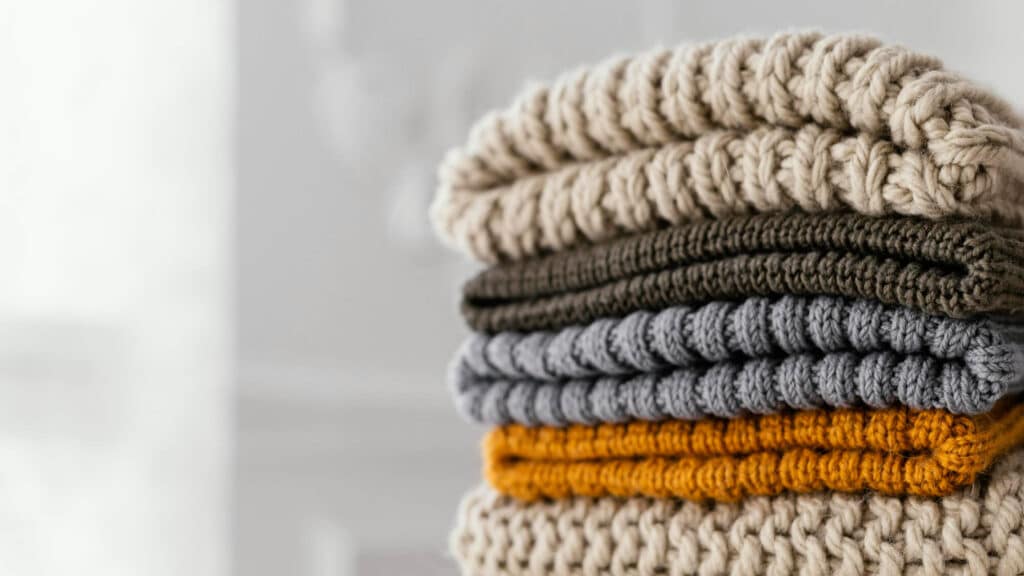
There are so many great knitting looms designed to make all kinds of knit projects. We’ll compare the most popular styles with links to useful resources that you can use to develop your own loom knitting skills. Be sure to stick around ’til the end!
Today we’ll cover four major categories of looms: round knitting looms, Afghan knitting looms, adjustable knitting looms, and the Flexee knitting loom. Whether you want to knit hats, blankets, or scarves we’ve got the loom for you!
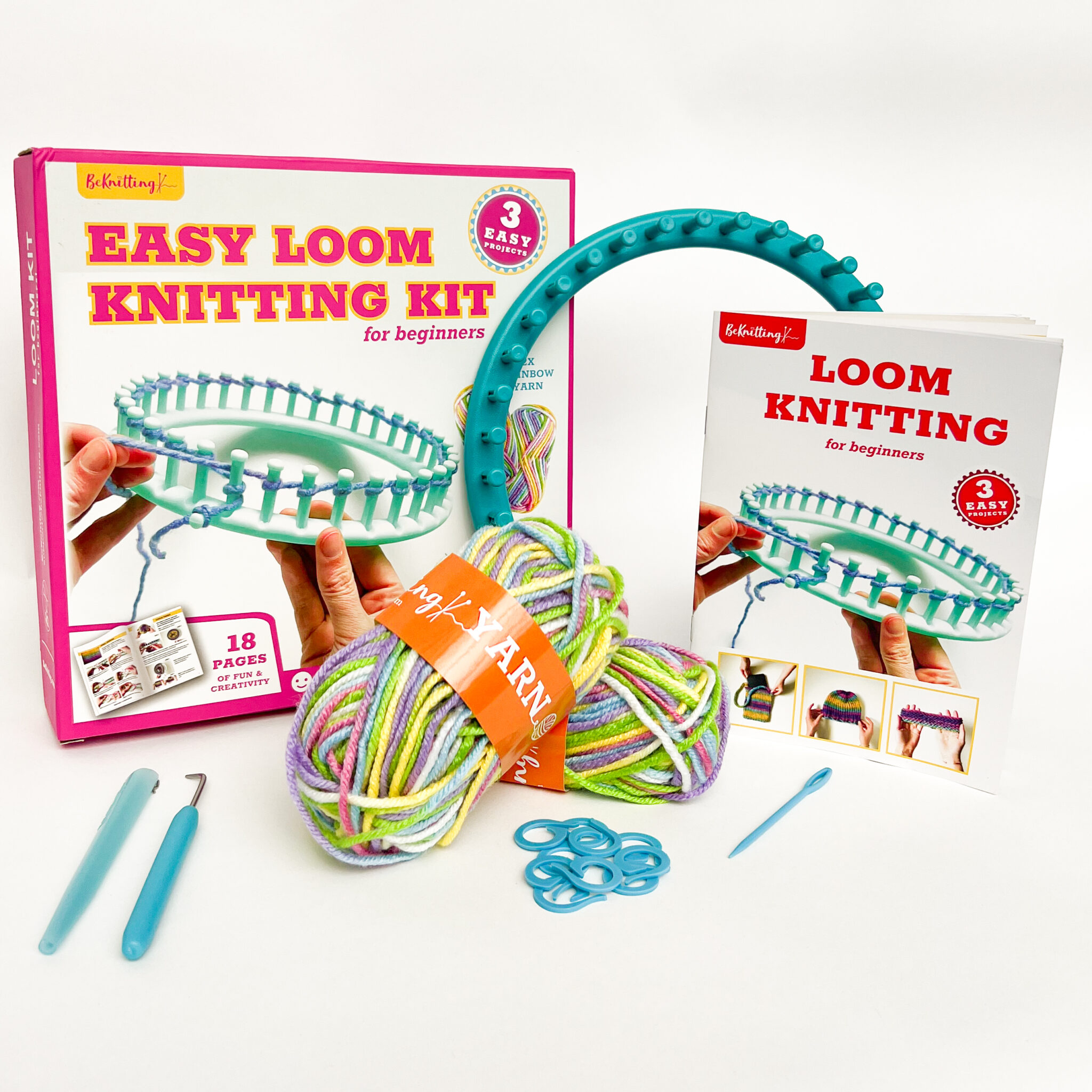
You can find the BeKnitting Easy Loom Knitting Kit on Amazon! 3 fun projects teach you how to use a knitting loom and are designed with new crafters in mind.
Never touched a knitting loom? We’ve got you covered!
Each kit comes with two balls of worsted weight (medium) yarn, one instruction booklet, a yarn needle, a loom hook, a loom pen, stitch markers and, of course, a knitting loom!
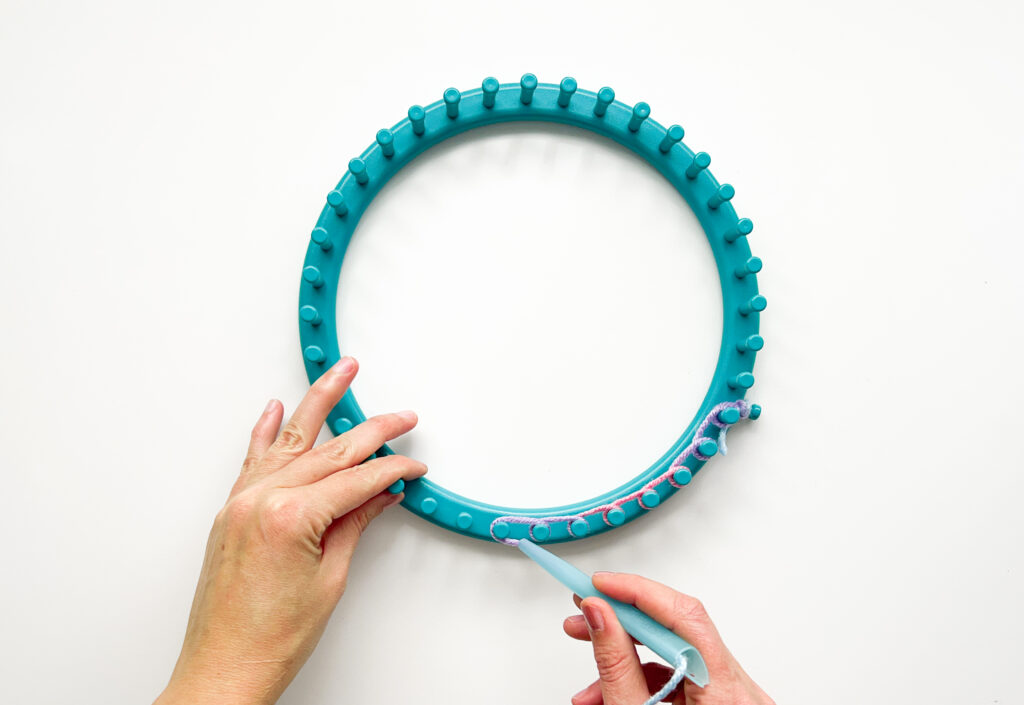
One of the most common types of looms is the round knitting loom.
Round looms are typically used to loom knit beanies, socks, headbands, and other small to medium sized projects.
Round looms often come with a fixed number of pegs. The number of pegs changes depending on how big the loom is. Bigger looms have more pegs! Patterns designed for knitting looms specify how many pegs you’ll need to make the project. Check the peg count for any pattern you may be following before you get started!
Most round looms have permanently fixed pegs, but some round looms have removable pegs! This gives you some flexibility by removing pegs to knit a wider range of projects. You can make larger projects using round looms by removing pegs. BUT! This just gives you a little bit of wiggle room. Other loom styles we’ll cover later might work better for really chunky projects.
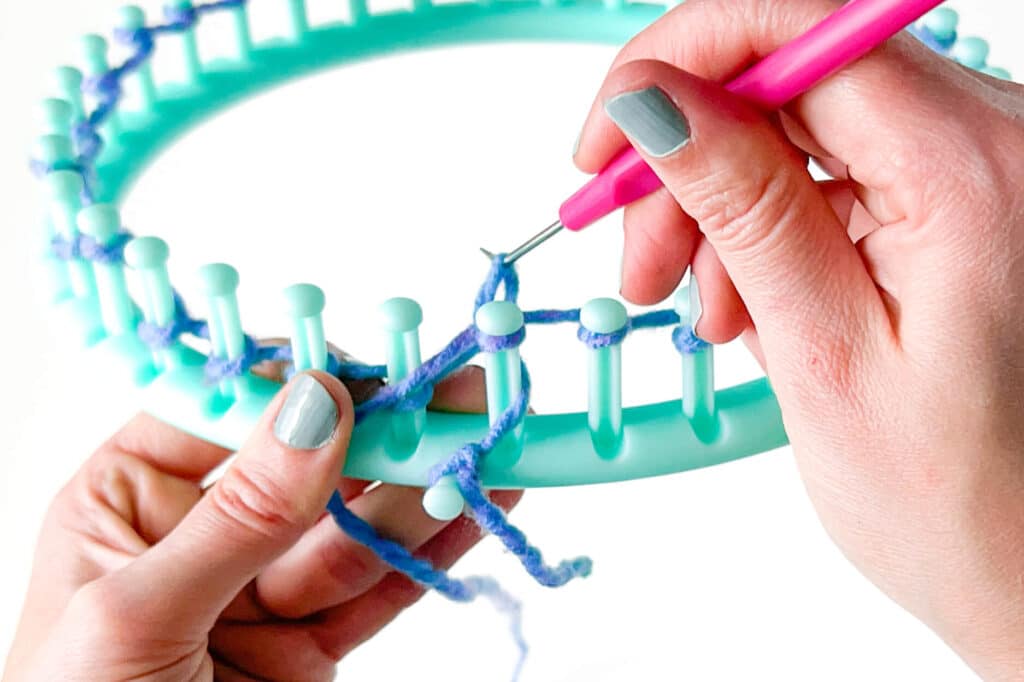
Round knitting looms are fantastic for beginners as they allow you to practice the basic stitches on smaller, quicker projects. Their smaller size makes it easy to hold while you learn how to loom knit.
Don’t let the shape fool you! Round looms may be round, but they can still used for flat knits like scarves, sweaters or blanket panels too!
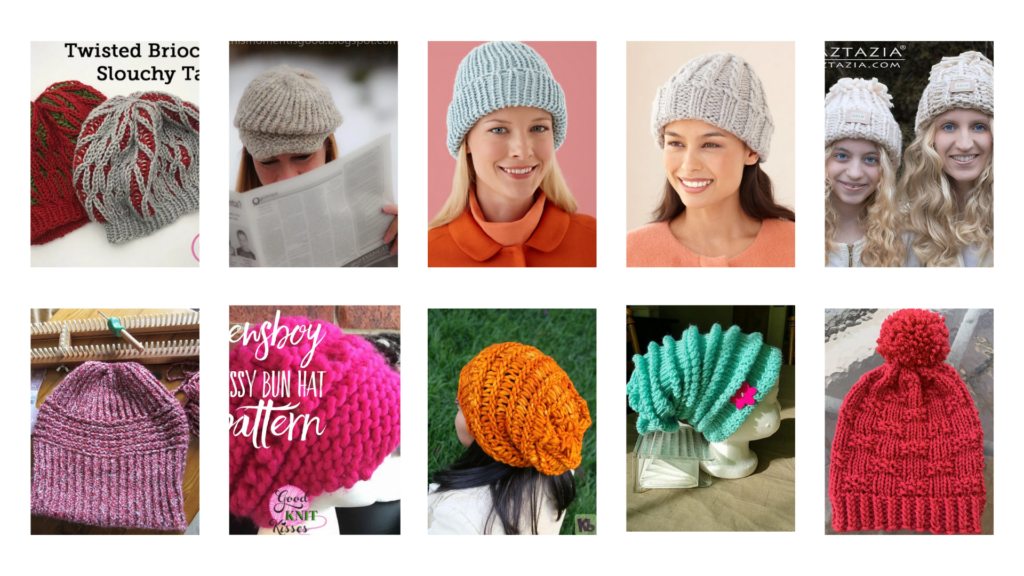
Looking for inspiration?
Check out our round-up of Top 10 Free Loom Knit Hats and Beanies Patterns for round looms!
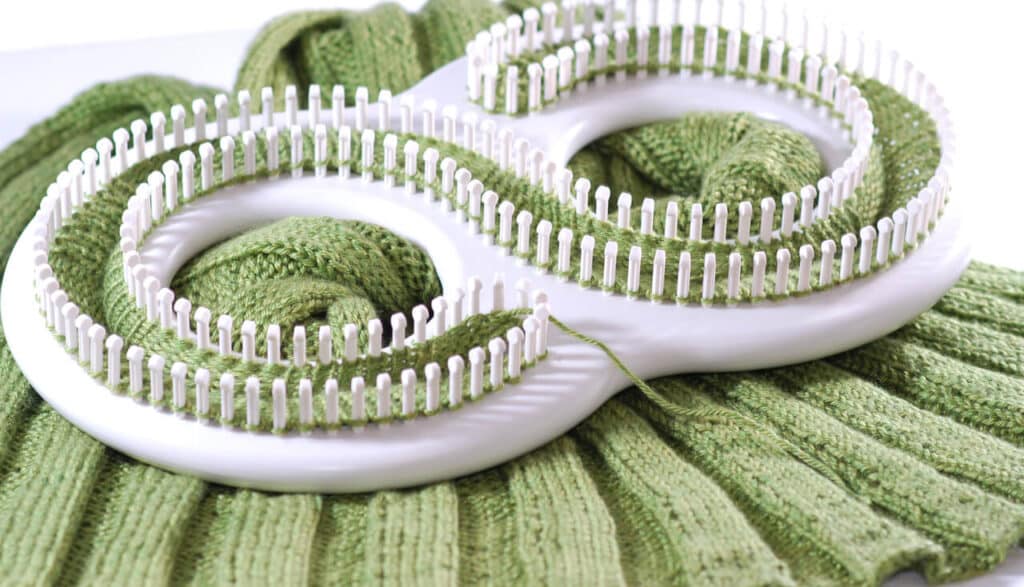
Afghan knitting looms, sometimes called Infinity Knitting Looms, are looms that are specially designed for larger projects. This clever design makes it easy to knit looooong rows without having to wrangle an awkwardly long frame! Genius!
Afghan looms (sometimes called chunky blanket looms) contain more pegs than round looms, around 100 to 200+ pegs to be exact! This allows the loom knitter to create much wider projects than other types of looms. As always, check the number of pegs called for in a loom pattern before you get started.
Using the Afghan looms/blanket looms is pretty much the same as the round knitting loom. It just has more real estate to work with!
As you can see, this loom is shaped much like the infinity symbol. Therefore earning the nickname “Infinity loom”! But why is it shaped like the infinity symbol?
Bigger projects tend to take up a lot of room. The spiral shape of Afghan knitting looms means that you can have a huge number of pegs that don’t take up much crafting real estate. The smaller footprint makes it much easier to maneuver your project as you work too.
Afghan or infinity knitting looms, as the name suggests, are designed to make loom knit blankets! Long enough to make scarves, shawls, or even small baby blankets in one piece, these looms are compact and powerful tools. This style can also be used to knit several long panels that are later sewn together to make even wider blankets.
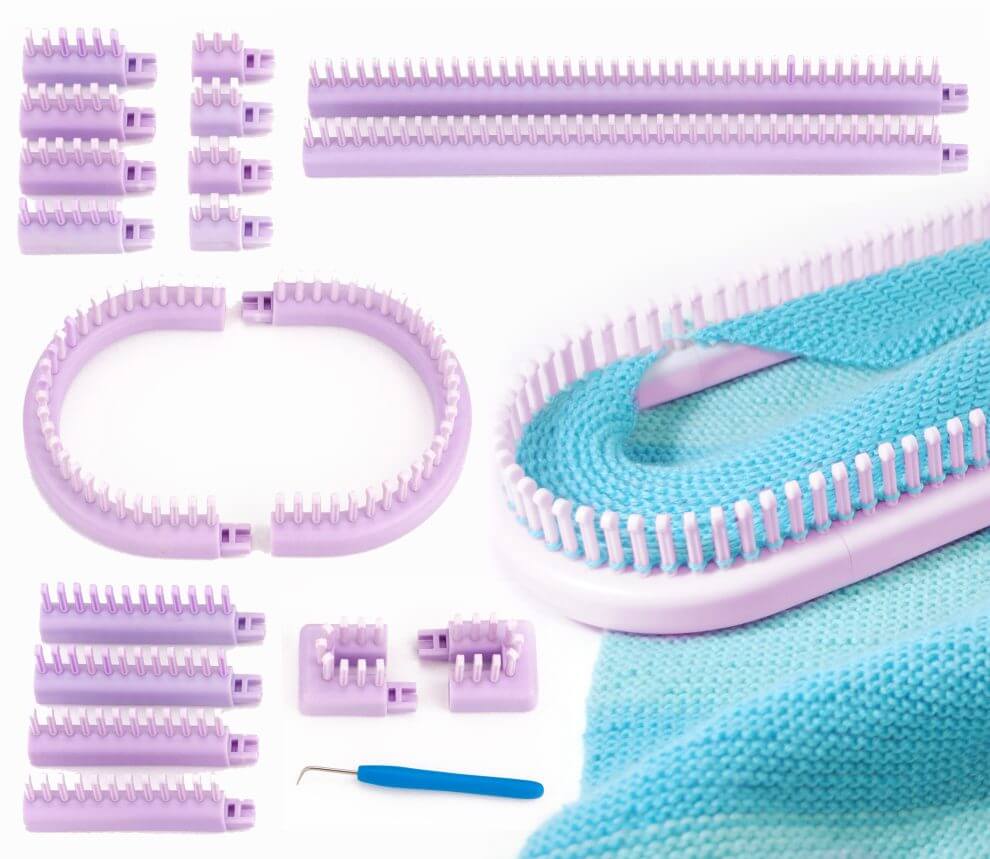
Adjustable Knitting Looms or Modular Knitting Looms are types of looms that allow crafters to create unique shapes with mix-and-match pieces. This means that you can loom knit a project as small as a beanie and as big as an entire blanket using one loom set.
The variety of pieces means that you can make a range of projects easily! The smallest premie baby hats all the way up to a lap blanket are all possible on the same loom by carefully combining pieces together. Need more space or flexibility? Buy a second loom for even more options!
These looms come with a variety of shapes that hold different numbers of pegs. Combine different pieces to either add or subtract pegs from the total count. As always, check the number of pegs called for in a loom pattern before you get started. However, over time the parts joining sections together might wear out and become loose. If you’re looking for a loom that will hold up to years of use consider looking for a knitting loom that is in a single piece.
The Adjustable Multi-Knit Loom by the Knitting Board is a perfect example of a modular loom. It has interlocking pieces that you click together to get your desired peg count!

The Flexee Knitting Loom is another type of adjustable loom with a totally unique design. This loom is the most flexible style. Each peg is separate and can be added one-at-a-time to create a loom as large or small as you’d like.
This loom style is totally unique. Individual pegs can be snapped together to form flexible chains of pegs. The chain is joined once you have the number of pegs you need for your project! You can even opt to buy more interlocking pieces to create a gigantic masterpiece if you feel like it.
Thanks to the interlocking pieces, you can easily increase and decrease your projects by simply adding or removing a few parts. But don’t forget to keep your pegs as they are small and easy to misplace! These looms are also the least stable type of knitting looms. They can be wiggly and hard to knit on for larger projects. They are also flexible and easy to store for traveling or knitting on the go too!
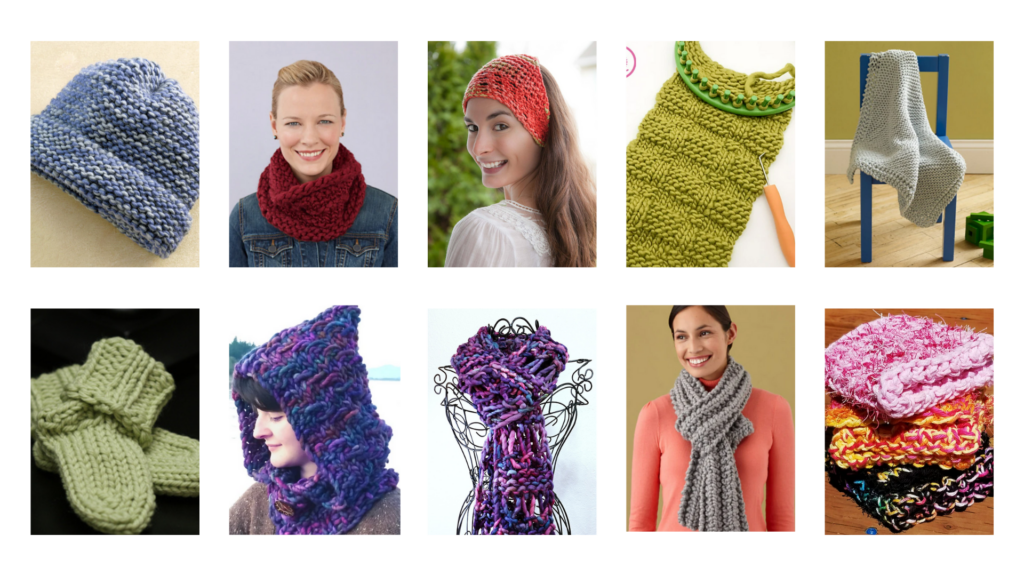
Looking for inspiration?
Check out our round-up of 10 Free Loom Knitting Patterns for Beginners!
Before you purchase your very first loom, there are some things that you need to consider. So let’s talk about them!

Your loom should last you many a project. So it’s crucial that you keep an eye out for reviews regarding pegs breaking off or the loom’s base breaking apart during projects.
Don’t worry, you don’t have to spend a ton for a good quality loom. There are plenty of affordable knitting looms that you can buy online or from your local craft stores!
You might even want to purchase a set of looms for knitting in different sizes and peg counts for larger projects in the future.
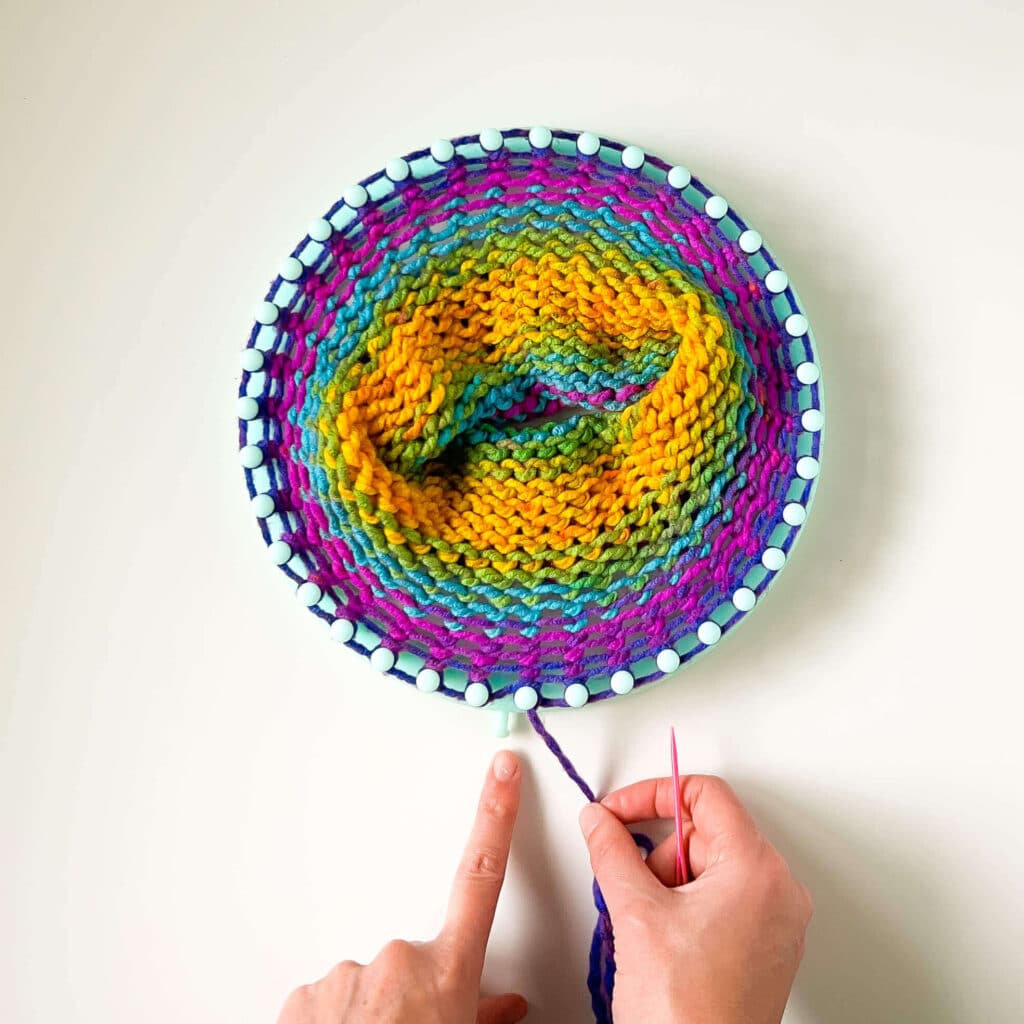
The peg count refers to the number of pegs your loom has. This is important because certain projects require specific peg counts.
For example, there are looms that are specifically required to make preemie beanies and looms that are used to knit socks. On the other end of the spectrum, looms like the Afghan knitting looms above are meant for great big projects and shouldn’t be used for small accessories.
If you are using an adjustable knitting loom like the Flexee Knitting loom, then you don’t really have to worry that much about the peg count as you can simply add or subtract as many as you need at any given time!
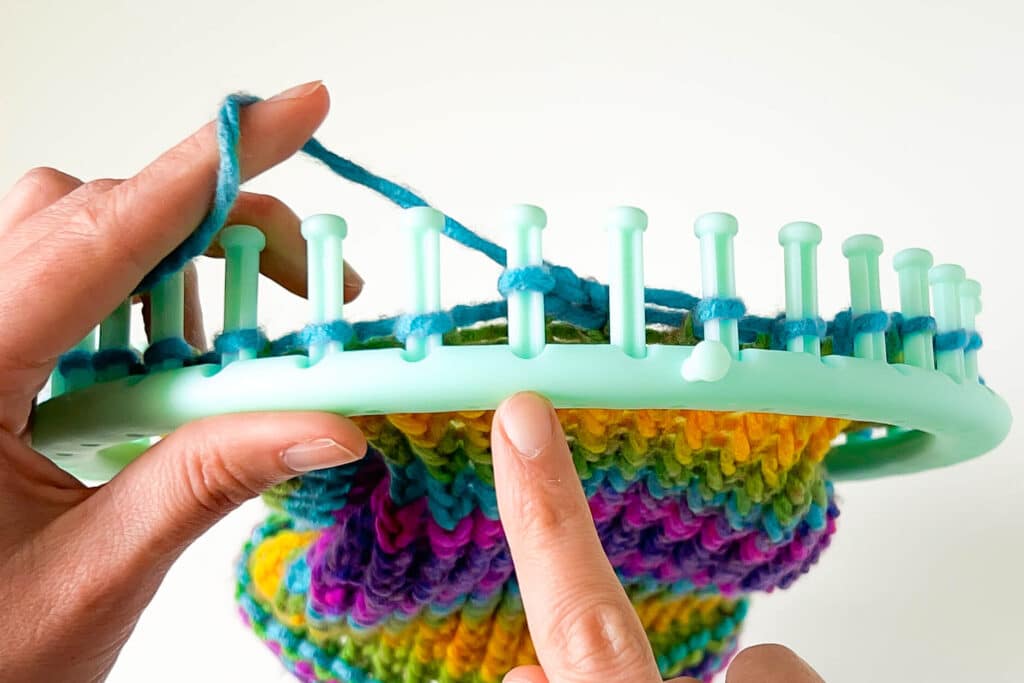
Another thing you have to note is your loom’s gauge. As with traditional knitting gauge, loom knitting gauge describes how close together your stitches will be in the finished fabric. Some looms have pegs that are thinner and positioned closer together to accommodate thin yarn for socks and airy shawls.
Other looms with thicker pegs and wider distances between pegs are meant to accommodate bulky yarn for blankets, beanies, and other thick knits! Check the gauge of your loom to make sure your yarn and project will come out just as you’d imagined.
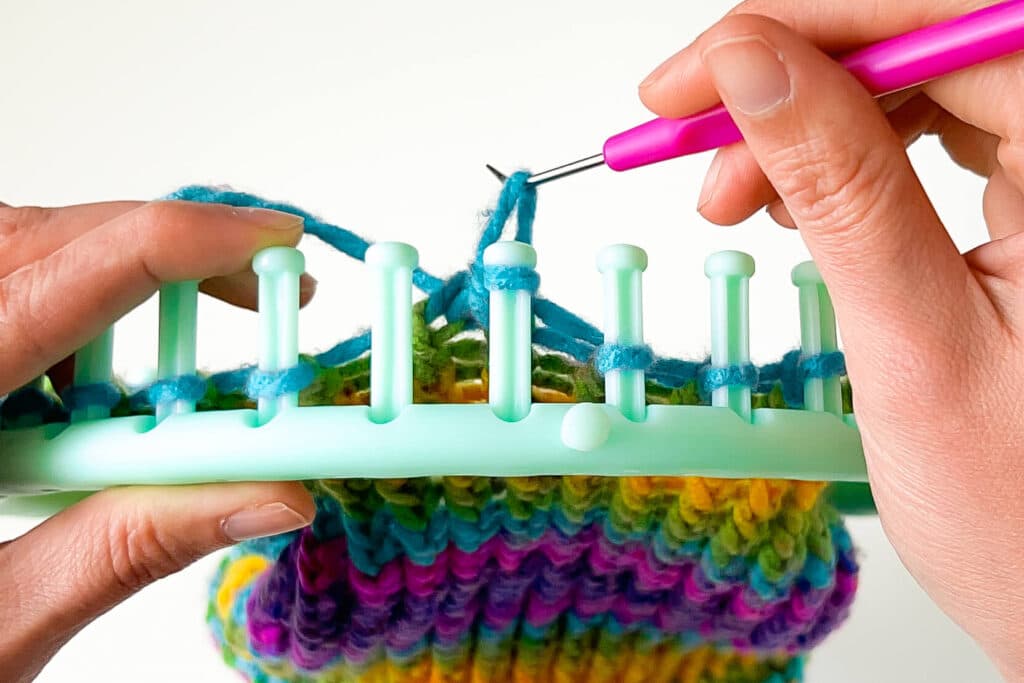
This might seem a little nit-picky, but the friction of your loom’s pegs is also another important factor to consider. The material is a good way to judge how slippery your loom will be. Metal pegs are always more slipper than plastic pegs!
One of the cons to knitting on a loom is that the stitches can slip off as you work along. This can be really frustrating! For beginners, look for a loom that has “grabbier” pegs to help keep your stitches on the pegs as you work.
On the opposite side, if you’re working with a yarn that’s really rough, you might want to look for pegs that are more slippery! This will make sliding the stitches off the pegs easier.
Your tension is also another thing you have to consider when deciding between peg frictions. If your stitches tend to be tight, then smooth pegs may work better for you. But if your stitches are loose, then make sure to choose pegs that have more “resistance”.
This article is simply the tip of the loom knitting iceberg. There are so many other things you can learn about this craft such as the basic stitches, free patterns, and more…
I’ve made sure to link all our resources that will help you to get started on your loom knitting journey below!
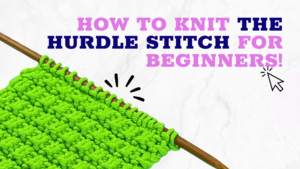

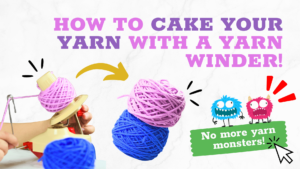
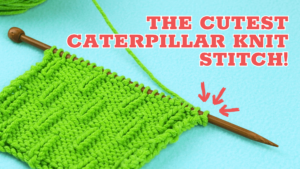
I’m Really Excited to hear from you and your Know how about Loom knitting projects. I was showing my friend and her granddaughter just yesterday and they were Excited to get started. We’re going to Craft Store to get some Looms sets. We look at loomers making hat’s and Oh Boy they were sold on making something on a loom.